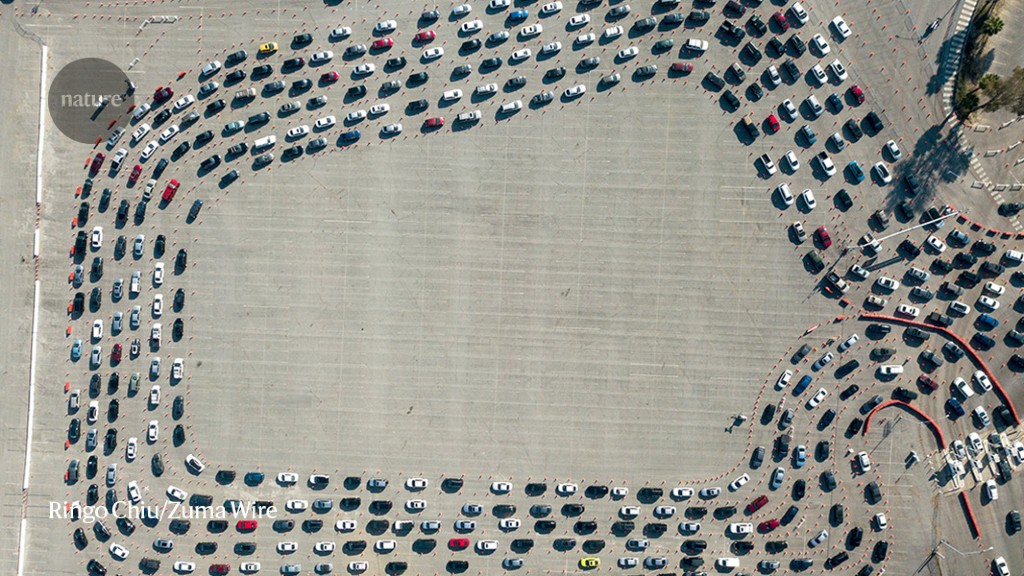For the scientists who have spent the past year poring over hundreds of thousands of coronavirus genomes, the United States has been an enigma. Despite having world-leading genome sequencing infrastructure and experiencing more COVID infections than any other country, the United States has until recently lagged far behind in sequencing coronavirus genomes and spotting worrisome variants.
But in recent weeks, US researchers have identified a host of new variants, including in California, New York State, Louisiana and elsewhere. And they are continuing to ramp up SARS-CoV-2 sequencing efforts.
That has brought another challenge: making sense of the variants that are discovered. They carry potentially worrying mutations and might be becoming more common, but a dearth of data on how the variants are spreading means the threat they pose is unclear.
“It’s a Wild West,” says Jeremy Kamil, a virologist at Louisiana State University Health Sciences Center in Shreveport who co-led a team that, last month, spotted a fast-rising variant in Louisiana, New Mexico and elsewhere. In the absence of clear data on a variant’s behaviour, “it’s as if there’s an unofficial policy that every variant is a variant of concern until proven otherwise”, says Kamil.
Part of the challenge is the decentralized nature of US coronavirus sequencing and surveillance efforts. “Right now it’s individual labs or states or cities doing their part,” says David Ho, a virologist at Columbia University in New York City, whose team last week identified a variant in the city with a mutation that could compromise immune responses.
As a result of this piecemeal effort, states such as New York, California and Washington have contributed thousands of sequences each, while others such as Iowa, Tennessee and New Hampshire have obtained sequences from far fewer of their COVID cases. ...




Recent Comments